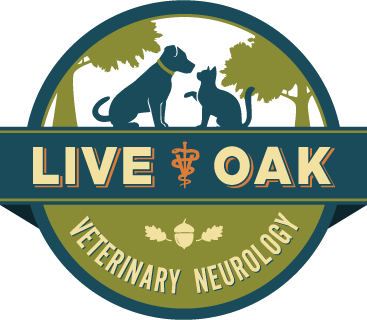Veterinary Neurology is currently considered a subspecialty in veterinary medicine under the umbrella of the American College of Veterinary Internal Medicine (ACVIM). The ACVIM was founded in 1973 and the subspecialty of Veterinary Neurology was created in 1974. There were four neurologists that were charter members of the group: Dr. De Lahunta, Dr. Holliday, Dr. Kay, and Dr. Oliver. It was my distinct pleasure to have had the honor of learning from Dr. Terry Holliday himself while I attended my residency at UC Davis. He was a true pioneer and a brilliant man.
Veterinary Neurologists are trained to diagnose and treat diseases of the brain and spinal cord (the Central Nervous System or CNS) as well as diseases of the peripheral nerves and muscles (the Peripheral Nervous System or PNS) in all veterinary species. The lesser-known but vitally important Autonomic Nervous System (ANS) also falls under our purview.
To make these diagnoses we use tools such as the MRI scanner, CT scanner, and electrophysiologic testing. We also make use of very specialized blood and tissue tests (spinal fluid, muscle and nerve biopsies, etc.) and genetic tests for specific diseases. But the most powerful tool at our disposal, is our ability to observe and recognize abnormalities in movement and behavior. I learned that lesson from another mentor and pioneer in veterinary neurology, Dr. Rick LeCouteur.
To treat these conditions, the Veterinary Neurologist may be called upon to apply either medical or surgical techniques. But often, successful therapy requires a little of both. Our most important tools, though, are the unparallelled nursing and support staff we are surrounded by; including our Veterinary Technicians, Veterinary Technician Assistants, and Client Experience Officers!

